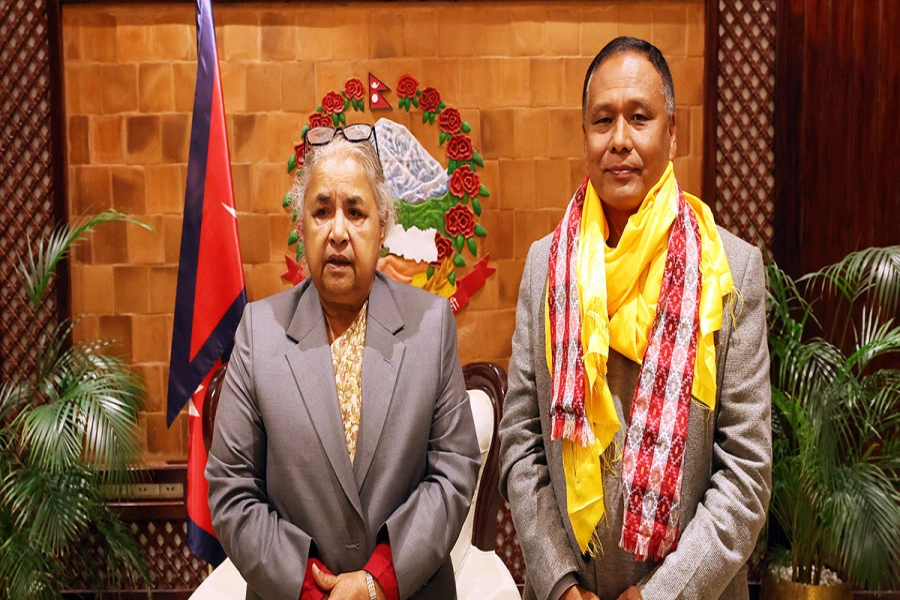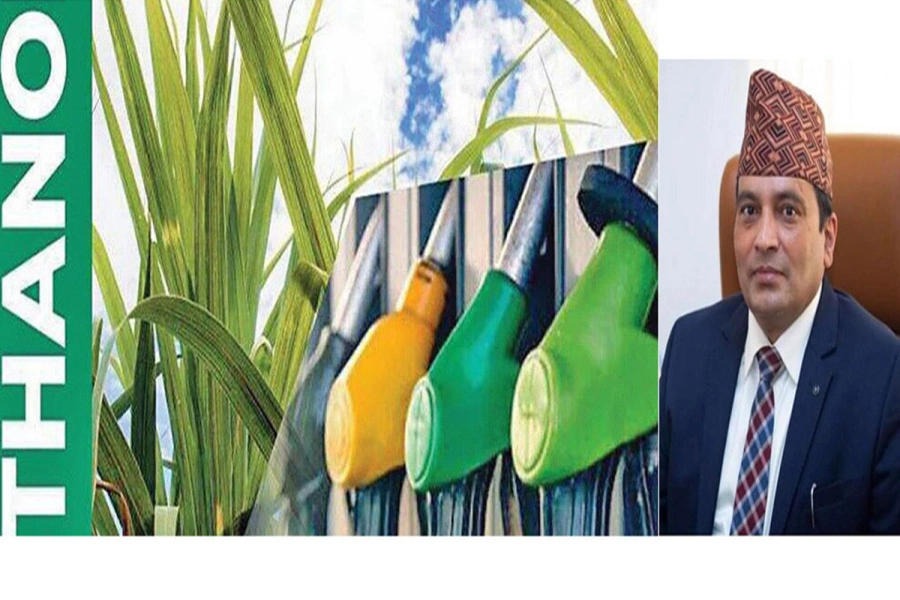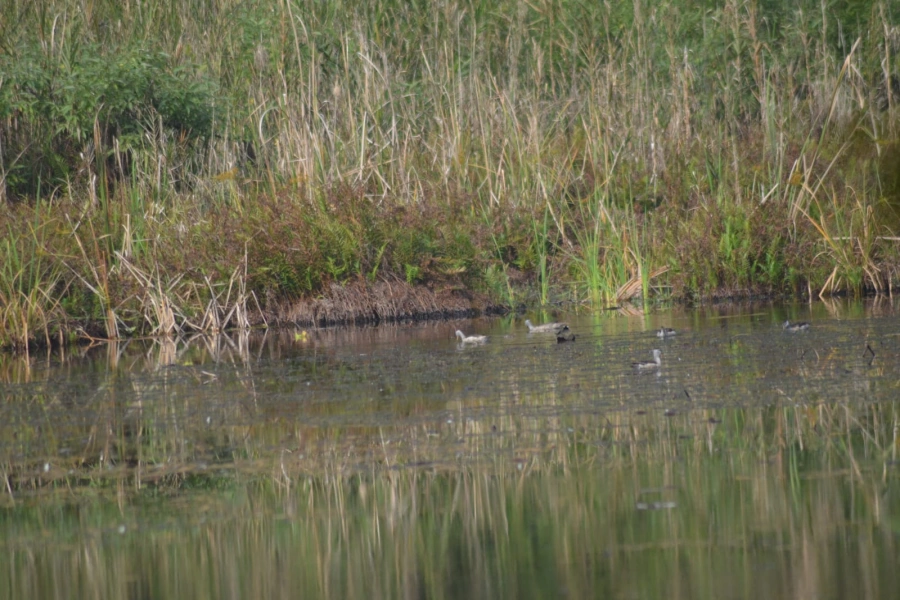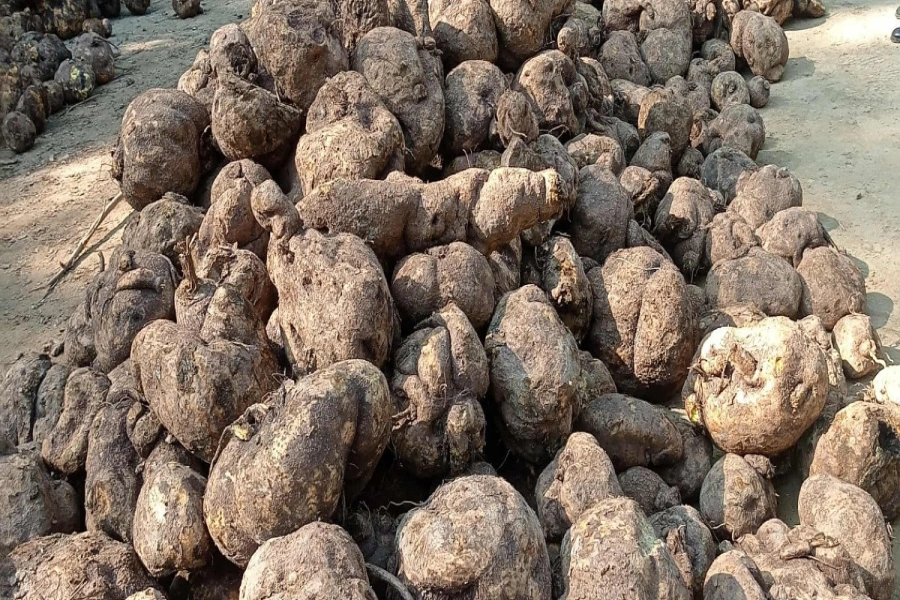The ecologically based pest management (EBPM) strategy is an effective, safe and economically acceptable alternative for sustainable pest management. Indeed, this approach manages the whole farm and keeps the pests population at acceptable bounds rather than totally eliminating them by using many complementary strategies. This also helps in sustainable ecosystem conservation and restoration.
Pests such as insects, diseases, weeds, rats etc are the major reasons behind low agricultural productivity, decreasing the yield by as much as 36 percent. From sowing to harvesting, sets of pests appear in the field. In subsistence agriculture, pests would not be controlled by any method but would get managed by the farming system and cropping patterns. However, in some cases, farmers’ innovative knowledge was enough to combat agricultural pests. Later with the advancement, commercialization started to feed the worlds’ increasing population. For higher production, different chemicals were introduced in agriculture such as chemical fertilizers, micronutrients, and pesticides. Researchers suggested to the farmers for the maximum use of these agro-chemicals to save the world from starvation. Chemical fertilizers and micronutrients are the immediate sources of nutrients to crops. Moreover, to protect crops from harmful pests, farmers started using pesticides whenever needed.
However, there are lots of effects of chemical poisoning on living organisms as well as the environment. The pesticides have health hazards for living organisms and negative impacts on the ecosystem. The residues of these chemicals are long persistent in the soil, foodstuff or on the surface where they are applied. These residues perilously kill soil microorganisms and deteriorate soil properties. In some cases, pesticides are deliberately applied even before the appearance of pests in the field that ultimately leads to unnecessary expenses and overuse. These pesticides poison pollen, nectar in the flowers and kill pollinators and natural enemies indicating food insecurity. With these, here, we can say pesticides are not other than the devils of our own creation. So, the chemical war to control pests has been a war never won.
Pest management strategy
‘Pesticides free week’ organized in Karnali to discourage use o...

With the discovery of the integrated pest management (IPM) concept, some alternative methods are also used nowadays for the management of pests. This comprehensive IPM approach includes - physical methods such as insects trap, manual killing, cultural methods such as adjusting planting time and intensity, nutrients and water management, polyculture and selecting resistant varieties etc. biological methods such as augmentation and conservation of natural enemies of pests in the field, and finally the use of pesticides.
Here, in this approach, we apply cultural and mechanical methods for the control. If not controlled, the biological method is recommended. Finally, if pests still continue damaging crops, soft pesticides are recommended. Researchers have suggested using bio-rational chemicals like; different botanical products, cow urine, essential oils, and entomo-pathogenic fungi, relatively safer than chemical pesticides as the last method after other methods do not work.
This holistic IPM approach, perhaps, has helped to control the unwanted pests. However, it hasn't reduced the use of pesticides and hasn’t addressed the ecological cause of the environmental problems in modern agriculture. Day-to-day inextricable ecological disruption continues and we are losing our biodiversity. On the other hand, farmers’ indigenous knowledge is under threat. In many IPM projects, the main focus has been given to substitute noxious agro-chemical inputs that are blamed for so many of the problems associated.
New directives
Instead, the ecologically based pest management (EBPM) strategy is an effective, safe and economically acceptable alternative for sustainable pest management. Indeed, this approach manages the whole farm and keeps the pests population at acceptable bounds rather than totally eliminating them by using many complementary strategies. This also helps in sustainable ecosystem conservation and restoration. This is a more protective approach than the curative approach that enhances the immunity of the agro-ecosystem along with enhancing the immunity of the plants to sustain the different biotic and abiotic stresses. This nullifies the problems associated with agrochemical use and is also profitable, safe and sustainable. This approach prioritizes protecting our cultivated plants, leaving wild plants. Protecting our cultivated plants involves growing healthy plants. Healthy plants means lower attack of pests and wild plants are the habitat for natural enemies.
This EBPM addresses two major principles - maintaining biodiversity and biological control. Here, polyculture rather than monoculture maintains crop diversity in the agricultural fields. Planting together diversified crops, such as cereals, legumes, weeds and other flowering plants serves nectar, pollen, and alternative food to the pollinators and natural enemies. Thus develops prey-predation relationships keeping the pests below the economic damage threshold level.
Building a strong crop defence mechanism itself reduces the loss from pests. Maintaining soil health, a pillar of EBPM, by the use of organic fertilizers such as farm yard manure, compost, neem cake, vermicompost etc improves soil’s physical and chemical properties, water and nutrient availability to the plants, strong root development which in turn develops healthy plants making strong crop defence mechanism against potential pests. Reducing tillage, cover crop and mulching reduces the loss of essential nutrients from the soil. Healthy soil has a more diverse and active population of beneficial soil insects that compete with antagonists and ultimately curb soil-borne pests. Some self-controlled relation between the insects and other microorganisms is associated like some disease-causing organisms such as fungi, bacteria, and viruses cause diseases to insects and finally kill them and some insects.
Furthermore, adding biotechnological methods is actually not a pest management strategy but a safe and effective tool that essentially resolves the pest problems. This includes advancement in bio-chemicals, molecular genetics, and genetic engineering for the production of non-toxic bio-rational products and producing genetically engineered plants that are resistant to pests.
Adoption of these eco-friendly activities in agriculture really supports the fight against changing climate, saves the ecosystem for future generations and maintains biodiversity. Finally, this provides real independence, real results and real fun.
(Khadka is a student of M Sc Agriculture, Department of Entomology, at Agriculture and Forestry University, Rampur, Chitwan.)




































